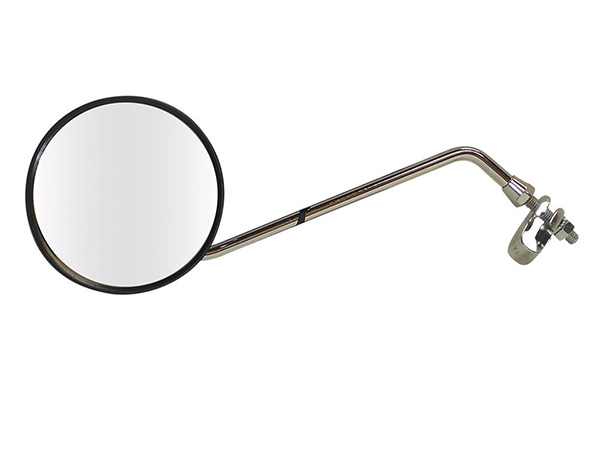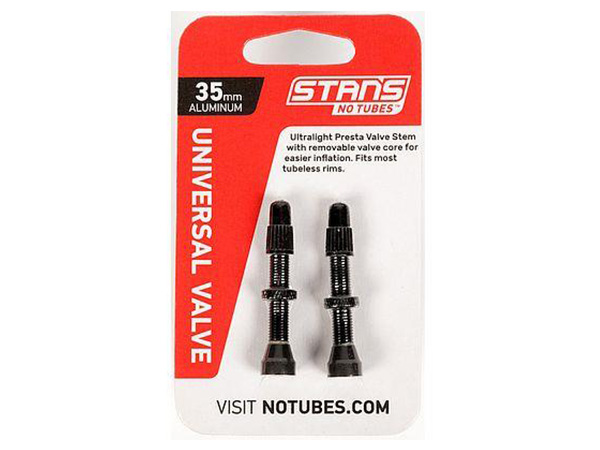-
Interest Free
UP TO 36 MONTHS INTEREST FREE FINANCE

Lester Perry | Mon 7th Dec 2020 09:47
Your electric bike is your pride and joy and although it’s been well set up straight off the shop floor, there are some areas you might want to consider upgrading to make it uniquely yours.
We break down the top 10 most important upgrades for your e-bike below, in order of the impact they’ll have to your comfort on the bike, beginning with the three touch-points which make the largest difference to your ride.
A good MTB jacket is one of the best winter riding investments you can make. Ideally, it should have a slightly roomy fit so that you can move around easily and comfortably on your bike. You’ll want something that keeps you warm without overheating or holding moisture, so look for breathability and waterproofing.
Manufacturers offer varying after-market options to suit almost everyone. Saddle choice will depend on what you’re using the bike for, what style the bike is (ie eMTB, e-Commuter etc) and factors around how long you’ve been riding, physical attributes including your flexibility, weight and bone structure.
Saddles will vary in width, length, padding density, and material of manufacture - each of these factors need to be considered when choosing the perfect perch. It all seems like a lot to take into consideration, but a quick consultation with an EVO Cycles Crew Member should see you quickly narrow the options, and find the perfect saddle for you. Some brands offer a returns policy should the saddle you choose ends up not being suitable.


Besides a saddle, the handlebar grips play a major role in the comfort of your bike. Different diameters, compounds, shapes, price points, and of course colours are all variables that will influence the perfect grip for you.
Higher-end grips generally feature a ‘lock-on’ style, with either one or both ends of the grip featuring a lock-collar that clamps the grip on to your handlebar. The beauty of these grips is once they are on the bar and tight, they won’t move. Regular ‘slip-on’ style grips rely on the friction between the handlebar and the grip to keep them in place, this can be compromised by wet weather, with moisture creeping under them causing slippage, as well as age and amount of use affecting slippage. Not great for confidence or safety.
Ergonomics are a major part of the comfort of a grip and some brands take this more seriously than others, working with doctors and experts to make the most comfortable grips possible, generally with an associated price tag. Many ergonomically focussed grips have a protrusion which gives your palm a platform of sorts to rest upon, relieving stress and spreading the load on your hands.
Grip diameter plays a factor in your comfort. Too big and it will feel like you can’t hold on properly, and too small and it may feel harsh and like your grips just aren’t suited to your hands, the same points apply for the overall length of the grip too.
The rubber compound on the surface of the grip has a huge part to play too. Softer rubber is more comfortable but less durable. Firmer compounds last well but aren’t as comfortable for long periods on the bike and are more likely to cause blisters or discomfort over a long day in the saddle.


The third most important touch-point on your bike is the pedals. Much like everything else bike-related, pedals are available in a myriad of sizes, colours and materials. These days many bikes don’t come standard with pedals so it’s important to look over your options before you purchase a bike to ensure you get the perfect pair for your feet.
Pedals are split into two styles, Flats (regular pedals) and Clips (also known as Clipless). Flat style pedals don’t require any special footwear (although it does help) and are very versatile, allowing you to simply jump on your bike with minimal fuss and go for a ride. Although any style of shoe works with a Flat style pedal, a bike specific shoe will have a slightly stiffer sole and stickier rubber than a regular pair of runners. The stiffness helps with power transfer and enhances comfort on the pedal as your foot doesn’t need to be stabilising itself as much. Stickier rubber aids in traction on the pedal, decreasing the possibility your foot may slip off the pedal. Flats shoes are available in styles and colours that make them indistinguishable from normal shoes.
Clip style pedals require a specific cycling shoe with a ‘cleat’ that clips into the pedal. This interface provides the most efficient pedalling dynamics of any system. The shoes have a significantly stiffer sole than regular shoes and are designed specifically for cycling.


Depending on what eBike you have, you may already have a Dropper Seat Post, if not it’s certainly worth adding one to your bike at some stage. Dropper Posts enable the seat to be lowered via a lever on the handlebar. Droppers were originally developed for offroad riding, enabling the rider to ‘drop’ the saddle out of their way during steep descents, allowing them to take on more technical terrain with confidence. The advantages of simply dropping the seat down apply to lots of situations though - everything from getting on the bike when setting off, to adding confidence when stopping at traffic lights, and even transporting your bike can be easier with a dropped saddle.


Much like a saddle, bike brands need to try and find a single tyre option that covers a majority of those who are buying a particular bike. Whether you’ve been riding regularly and have worn your tyres down to the point of needing replacing, or you are using your bike in conditions outside of what it was originally specced for, changing out your tyres can add confidence, comfort, and even help with battery life.
First off, consider where you are riding. If you’re only commuting to work on smooth pavement but your bike is designed primarily for off-road use and has tyres specced for this, changing tyres will offer you some great advantages. Going to a more commuting styled tyre will decrease rolling resistance (less effort to roll = better battery life), reduce punctures, and will last longer than the original knobby tyres. The inverse is also true if your tyres are more suited to the road, but your bike is mainly used on gravel paths, consider changing them out for something more specific. Added volume will increase comfort and traction, not only making the ride more comfortable but safer too.



Add a boost in confidence while riding on the road by adding a rear view mirror to your bike or helmet. Often the simple act of turning your head to see what’s coming up behind you is enough to make you veer sideways, possibly into the path of the very vehicle you’re looking around to see. Adding a mirror allows you to see what’s coming up behind with a glance to the mirror rather than a full turn of your head.


E-bikes generally come with brakes adequate for their intended use, but more powerful brakes are a simple way to add confidence to your ride. Better brakes offer a few possible advantages the stock versions, including - better modulation (how much you can control how the braking power is applied), more power (increased stopping power for less ‘squeeze’ force), better wet-weather performance (due to different brake pads, modulation and power), all these factors can increase your confidence, particularly if you’re riding down hills at speed or in heavy traffic areas where stopping quickly or to avoid an incident is paramount.


There’s nothing worse than having your ride cut short due to a flat tyre or other mechanical issues. There are a few basic items that can help get you out of a jam when your ride turns to custard and save you from an expensive Uber home!
The basics: A puncture repair kit - Pump, Spare tube (check it’s the correct size for your wheels) and tyre levers. These items are the bare minimum when it comes to sorting out a flat tyre but it’s worth throwing a few extra bits in your saddlebag too - a patch kit (in case you get multiple flat tyres), a tyre “boot” (if you get a cut in your tyre you’ll likely need to stop the new tube from bulging out the hole - a $5 note can often do the trick) a multi-tool (in case something comes loose, or you need to adjust something)
As with anything mechanical, if you aren’t familiar with exactly how to do it (ie. replace a flat tube) make sure you get a run-down from your local EVO crew and be sure to practise it yourself before you have to do it on the side of the road!


One of the big attractions of an electric bike is the ability to ride further with less effort, so there’s no need to arrive at your destination sweaty and exhausted. With this in mind, if you’re commuting and need to carry a change of clothes or work equipment, or if you’re heading for a ride with friends and want to take lunch and the all-important flask of hot tea, then adding a rear rack and pannier bags is a great upgrade. Panniers bags greatly increase how much cargo you can carry on your bike and with the weight sitting low on the bike (rather than in a backpack or on top of a rack) it doesn't affect the handling of the bike too much and with the assistance of the motor, it won’t slow you down.


Many bikes now run tubeless straight off the showroom floor (i.e. no tubes in the tyres). If not, it's likely with a small amount of work your bike can have its tubes removed and set up without them. E-bike tubes are generally pretty hefty, so removing this rotational weight from the wheels makes them easier to push along (saving battery) and simpler to maneuver. The other major advantage is less flat tyres. Providing a puncture isn't too drastic (ie a large hole torn in the tyre) the tyre should self-seal due to the latex sealant that’s added to the tyre during setup. The lesser known advantage of having no tubes is how much more supple the tyre becomes, allowing it to conform to the trail and road surface, increasing traction.



